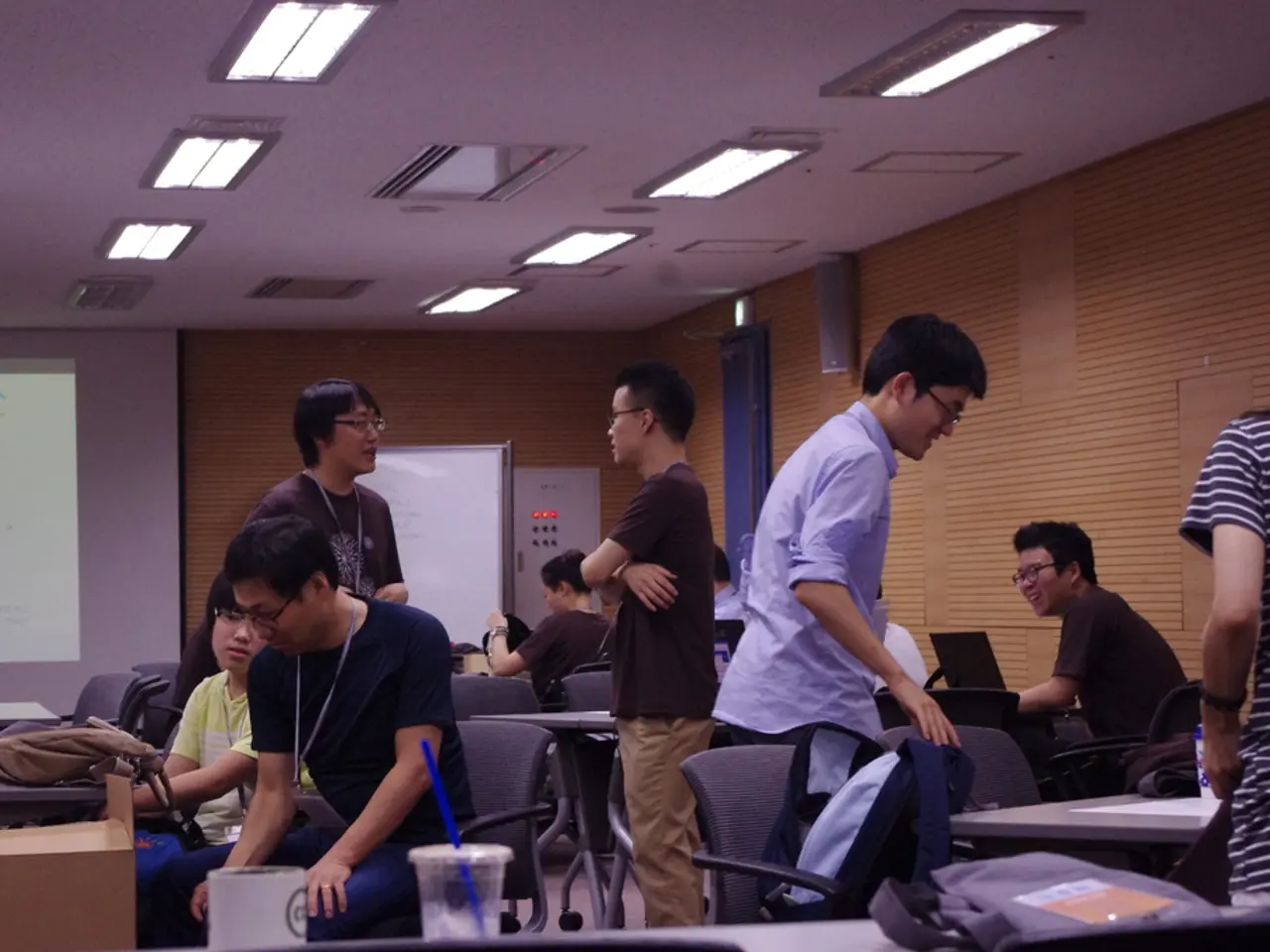Investigating the Advantages of Task-Oriented Instruction, Highlighting Notable Experiences, and Proposing Strategies for Practical Application in Education
Project-Based Learning (PBL) is a teaching method that promotes active learning and student engagement. By designing projects that are relevant, challenging, and aligned with curriculum goals, educators can encourage students to think critically, solve real-world problems, and demonstrate their understanding and skills through the completion of meaningful projects.
Key Elements of Successful PBL
- Clear Project Guidelines: Clearly communicate project goals, expectations, and evaluation criteria to students to ensure they understand what is required.
- Student-Led Inquiry: Encourage students to take the lead in their learning journey, asking questions, and exploring solutions.
- Teamwork and Communication: Foster effective teamwork and active listening among students as they work together on projects.
- Ongoing Support and Feedback: Provide ongoing support and feedback to students throughout the project to help them stay on track and improve their work.
- Technology Tools and Online Resources: Utilize technology tools and online resources to enhance the project-based learning experience.
- Reflection and Evaluation: Encourage students to reflect on their learning journey and evaluate their projects to deepen their understanding and identify areas for improvement.
- Authentic Assessment Opportunities: PBL offers authentic assessment opportunities, allowing students to demonstrate their understanding and skills through the completion of meaningful projects.
Grade-Level Examples
For younger students, projects like "Our Neighborhood Helpers" (creating class books or videos about community helpers) or "How Plants Grow" (designing classroom gardens and documenting growth) illustrate PBL effectively by engaging students in exploration, creativity, and community sharing.
Engaging Project Samples
Activities such as community gardens, bridge building, expert collaboration, or community murals allow students to connect academic content with hands-on, real-world problems, developing skills like teamwork, problem-solving, and communication.
Self-Directed PBL
Older students can engage in self-directed projects, as showcased by a high school student researching domestic violence who partnered with local organizations, invited experts, and created community awareness materials. This kind of PBL emphasizes student autonomy, authentic community impact, and deeper learning through active engagement and reflection.
Experiential Learning Context
PBL is often part of broader experiential learning, including role-play, field trips, and service learning, which together enhance hands-on practice and real-world connection beyond traditional memorization.
PBL Curriculum Frameworks
Resources like PBLWorks provide research-based examples of PBL curriculum and assessment demonstrating improved engagement and academic outcomes across diverse student populations, including detailed examples of PBL units and projects that exemplify effective practice.
Key Resources
- TeachThought’s 20 examples of PBL by grade level (including kindergarten projects)
- 21k School’s lists of experiential and PBL activities for various age groups
- Experiential Learning Depot’s case studies of student-led, self-directed PBL projects with real community ties
- PBLWorks for curriculum models, assessment approaches, and research on PBL effectiveness
By exploring these resources and examples, you can find concrete illustrations of successful PBL experiences tailored to different grade levels, subjects, and community contexts. PBL increases student engagement and motivation by providing a sense of ownership and autonomy over the learning process. Join online communities and networks dedicated to project-based learning to share ideas and best practices with other educators. Participate in professional development opportunities focused on project-based learning to further enhance your skills and deepen your understanding of this effective teaching method.
- To promote active learning and student engagement, a teacher can create a blog focused on Education and Self-Development, including segments on Personal Growth and Learning, that encourages students to share their thoughts and experiences on various projects completed while utilizing Project-Based Learning (PBL) methodologies.
- By incorporating technology tools and online resources into PBL curriculum, educators can facilitate the development of practical skills necessary for modern-day business and finance, providing students with hands-on experiences and enhancing their ability to tackle real-world problems in these fields.
- For instance, a high school student might market and sell products they create through a PBL project, utilizing finance principles and technology tools to manage the business aspects, thereby demonstrating their understanding of both academic content and practical skills.
- To further empower students, teachers can encourage self-directed PBL projects, enabling students to explore their passions, connect with community resources, and apply their learning to create innovative solutions in areas such as technology, education, and community development.




